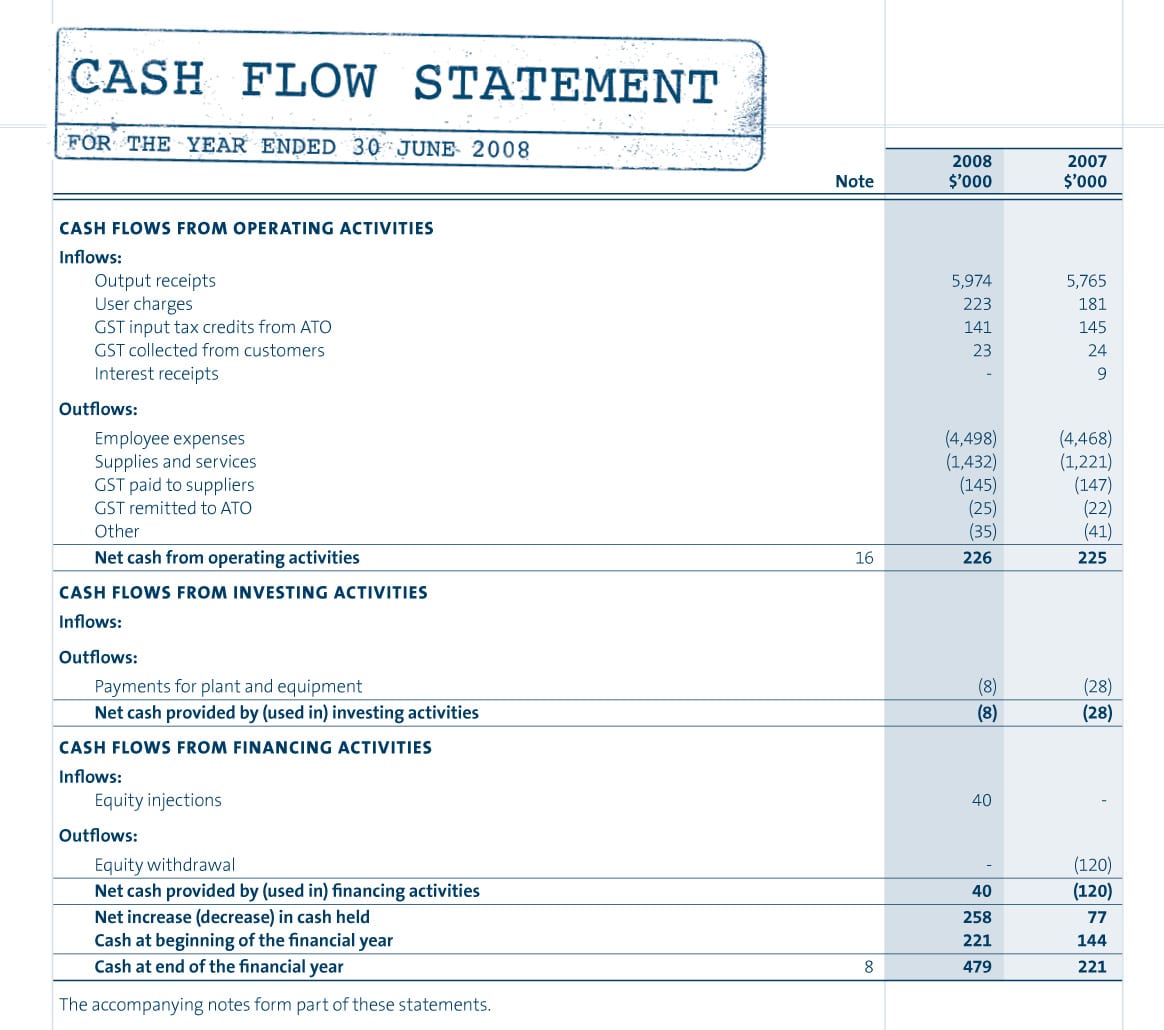
These strategies can improve a company’s financial position in the short-term, but may have other financial implications to consider. Alternatively, a company with good credit standing can “roll forward” current debt, by taking on more credit to pay this loan off. If the new credit taken on is long-term, then the current debt is effectively rolled into the future.
Contents
The Difference Between Accrued Expenses and Accounts Payable
It records a $100,000 credit under the accounts payable portion of its long-term debts, and it makes a $100,000 debit to cash to balance the books. At the beginning of each tax year, the company’s accountant moves the portion of the loan due that year to the current liabilities section of the company’s balance sheet. For example, if the company has to pay $20,000 in payments for the year, the accountant decreases the long-term debt amount and increases the CPLTD amount in the balance sheet for that amount. As the accountant pays down the debt each month, he decreases CPLTD and increases cash.
Useful resources
We note that during 2016, Exxon had $13.6 billion of the current portion of long-term debt as compared to $28.39 billion of the non-current portion. However, in the year of 2013 and 2014, Exxon’s CPLTD was far greater than that of the non-current portion. Our expert tax report highlights the important issues that tax preparers and their clients need to address for the 2024 tax year. Stay informed and proactive with guidance on critical tax considerations before year-end.
Analyst Certification FMVA® Program
As a result of this higher tax definition, the company was on the verge of defaulting. According to simply wall.st, SeaDrill proposed a debt-restructuring plan to survive the industry downturn. As per this scheme, the company plans to renegotiate its borrowings with the creditors and has a plan to defer most of its CPLTD. A look at how cash flows in cycles reveals the unique contributions of the approaches. The “current portion” of the taxi, the CPFA, thus is $5,000 (or $25,000 divided by five years).

Current Portion of Long-Term Debt Explained
For instance, on the off chance that a company breaks a covenant on its loan, the lender might reserve the right to call the whole loan due. In this case, the amount due automatically changes over from long-term debt to CPLTD. For example, if a company breaks a covenant in its loan, the lender may reserve the right to call the entire loan due. In this case, the amount due automatically converts from long-term debt to CPLTD. The finance term “Current Portion of Long Term Debt” (CPLTD) is important as it refers to the section of a company’s long-term debt that is due within a year. For the past 52 years, Harold Averkamp (CPA, MBA) hasworked as an accounting supervisor, manager, consultant, university instructor, and innovator in teaching accounting online.
- The current portion of long-term debt (CPLTD) alludes to the section of a company’s balance sheet that records the total amount of long-term debt that must be paid inside the current year.
- The current portion of long-term debt (CPLTD) refers to the section of a company’s balance sheet that records the total amount of long-term debt that must be paid within the current year.
- CPLTD is an important indicator used by financial experts, investors, and creditors to evaluate a company’s liquidity and its ability to generate cash to repay its short-term debts.
For the past 52 years, Harold Averkamp (CPA, MBA) has worked as an accounting supervisor, manager, consultant, university instructor, and innovator in teaching accounting online. CFI is the global institution behind the financial modeling and valuation analyst FMVA® Designation. CFI is on a mission to enable anyone to be a great financial analyst and have a great career path. In order to help you advance your career, CFI has compiled many resources to assist you along the path. For example, if a company breaks a covenant on its loan, the lender may reserve the right to call the entire loan due. Notice that, when CPFA is added to the balance sheet, as seen in Exhibit 1, each liability is now properly matched with the asset that it finances and that will repay it.
As the company pays down the debt each month, it decreases CPLTD with a debit and decreases cash with a credit. For instance, assuming the company needs to pay $20,000 in payments for the year, the long-term debt amount diminishes, and the CPLTD amount increases on the balance sheet for that amount. As the company pays down the debt every month, it diminishes CPLTD with a debit and diminishes cash with a credit.
A company can keep its long-term debt from ever being classified as a current liability by periodically rolling forward the debt into instruments with longer maturity dates and balloon payments. If the debt agreement is routinely extended, the balloon payment is never due within one year, and so is never classified as a current liability. Essentially, it gives both the company and potential investors a clearer picture of the company’s immediate financial obligations and its capacity to meet those obligations.
Current liabilities are those a company causes and pays inside the current year, for example, rent payments, outstanding solicitations to sellers, payroll costs, utility bills, and other operating expenses. Long-term liabilities incorporate loans or other financial obligations that have a repayment schedule enduring north of a year. In the end, as the payments on long-term debts come due inside the next one-year time span, these debts become current debts, and the company records them as the CPLTD. To illustrate how businesses record long-term debts, imagine a business takes out a $100,000 loan, payable over a five-year period.